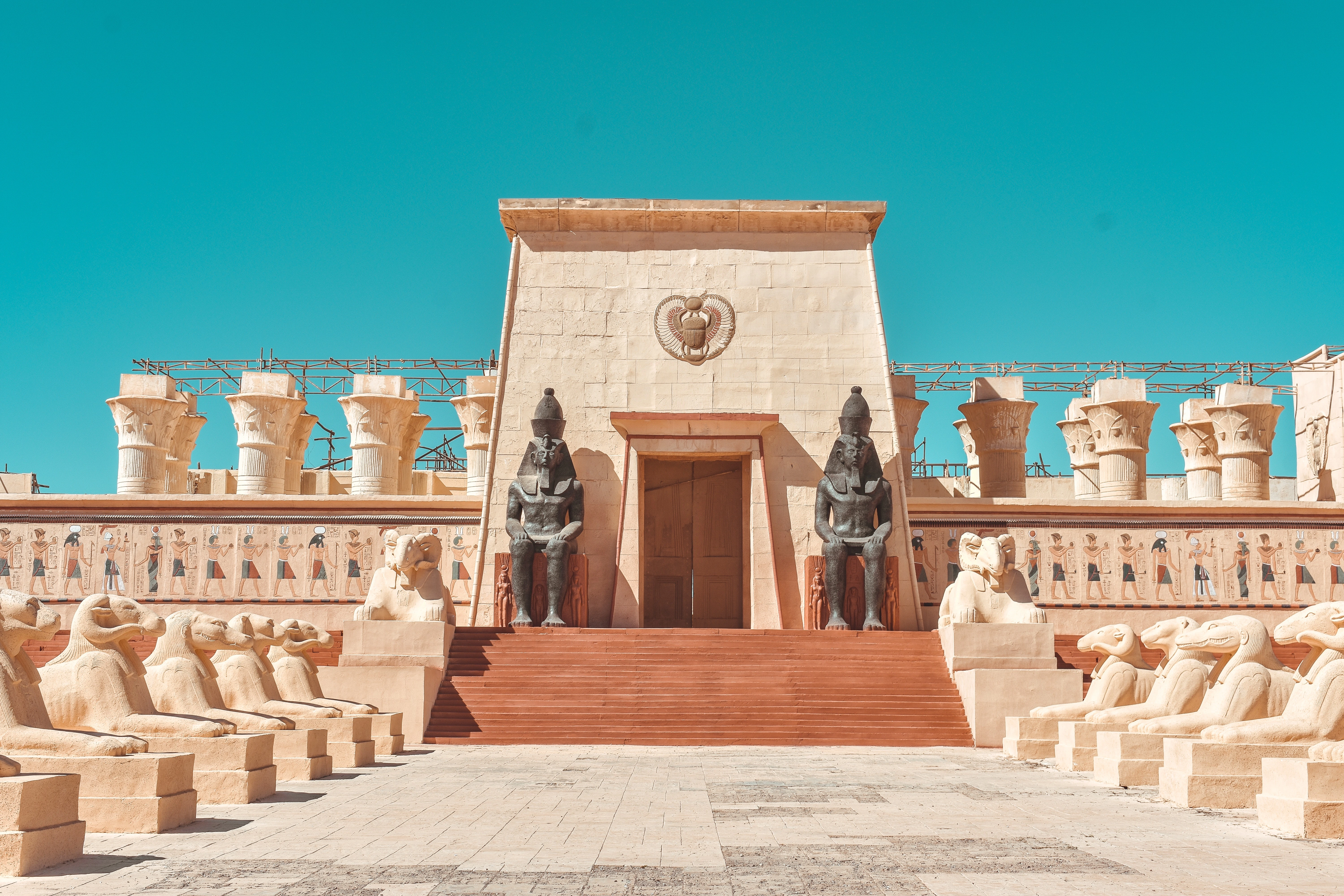Sample by My Essay Writer
The Egyptian false door remains one of the oldest artifacts in the Minneapolis Institute of Art Museum because it dates back to over 4,000 years ago (Prisse & Kaper, 2000). False doors were common in Egypt’s ancient tombs, and they were positioned on the west wall. The Egyptian false door came from a cemetery area locate west of the vast pyramid of Giza. More specifically, the Egyptian Iry-En-Akhet false door acted as an interface between the deceased and the living and a focal point for visitors at the time to deposit offerings and gifts and say prayers for the dead (Prisse & Kaper, 2000). In the Egyptian culture, ka, the spirit of the deceased would pass through the false door to collect and partake in the offerings that the priests left behind. Inscriptions on the false honor a priest Iry-En-Akhet who appears on the door seven times. The central niche of the door is framed by two doorjambs, and it has a lintel whose composition is ruled by symmetry. [“Write my essay for me?” Get help here.]
The Iry-En-Akhet false door is written in an early form of hieroglyphs, a kind of writing that usually begins from right to left and the hieroglyphics face towards the right. However, the hieroglyphics and figures on the right jamb face towards the left direction and the niche.[Click Essay Writer to order your essay]The false door was carved out of limestone, and it is relatively small given that its dimensions are 154.9 by 115.8 by 11.4 centimeters (Prisse & Kaper, 2000). The side panels are covered in inscriptions that outline the names titles of the deceased as well as a set of standardized offering. These texts describe the virtues of the dead, and they express good wishes for the afterlife. [Need an essay writing service? Find help here.]

Reference
Prisse, A., & Kaper, O. E. (2000). Atlas of Egyptian Art. Cairo, Egypt: American University in Cairo Press.







